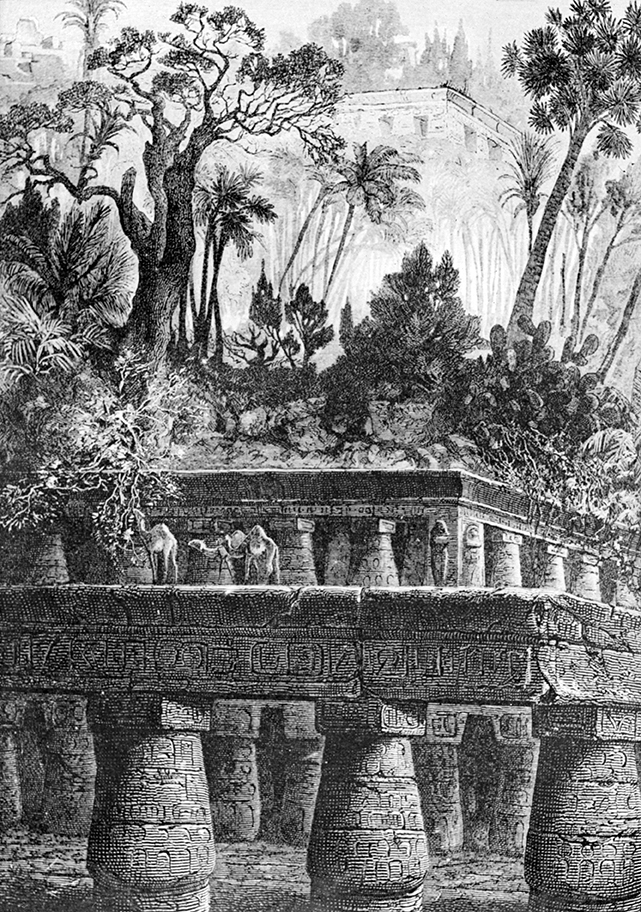
Nature in the city or the city in nature? These days, we seem to have moved beyond this question. We are changing the paradigm of urban design, both on the scale of individual buildings and town planning. Although local authorities still seem a little shy about including environmental issues in their calls for bids, increasing numbers of private companies, architects, landscapers and town planners are seeking to integrate the living world into their projects. Certainly, this movement is driven largely by public image and the aesthetics of the surroundings, but green spaces are clearly also now perceived as benefiting the community. Trees and plants refresh the atmosphere, alleviate particulate pollution, absorb rainwater, improve our health and encourage the development of social connections. Today, society’s demand to be near nature and to have a quality living environment represents a challenge to completely mineral artistic and urban designs. The area’s history, densification and visual perspectives are no longer the only considerations for designers! Access for cars is no longer a dominant factor for projects, and the progressive liberation of public spaces from cars opens up a whole raft of possibilities !
Another challenge emerges, championed by environmentalists and appropriated very (too) quickly by decision-makers: biodiversity. Biodiversity means a wide range of species, but also a network of relationships between these species and their environment. Protecting, restoring, and creating biodiversity therefore means, first and foremost, taking into account ecological processes (food chains, the spread of species, symbiosis, etc.). Encouraging biodiversity rather than planting more exotic species (which we know how to do) not only connects cities to their regional environment, but also offers the possibility of systemic sustainability. A coherent set of species is much less susceptible to environmental or health hazards and requires much less gardening (ground covers retain moisture, bushes act as a home for animals, etc.). We must aspire to create ecosystems!
What makes ChartierDalix unique is that it has aspired, from its beginnings in 2008, to integrate the living world into its thought process, to go further than a simple “greening” of projects. Few architectural agencies have invested so much in R&D, and published their results so regularly. ChartierDalix champions a progressive approach, akin to scientific research. Their work is thus organised into major stages of production, of which the Boulogne-Billancourt School of Biodiversity is a crucial milestone.
Not delivering something finished but in a state of becoming, this is an approach that mirrors the processes of living organisms. By making it possible for plants to grow spontaneously on a façade full of cracks, hollows and cavities, the agency has taken an important step, one seldom explored in architecture: a step into the unknown. How the project and its uses will develop over time remains an open question. It is a question the agency continues to examine, in order to devise other types of façade which might encourage even greater biodiversity.
Ongoing research, which is presented to us at the end of the publication, involves landscape artists, environmentalists, and materials specialists. As this research moves forward, it will form the basis of a doctoral thesis seeking to show how the function of the wall is rooted in a biotechnical system, by examining questions such as: “What plant species? What mineral structures? How sustainable will the system be once it is autonomous?”, etc. The aim will always be to limit our environmental footprint, in anticipation of the vital, coming environmental transition. Scalability will also be explored, and the challenges of ecological corridors are clearly laid out in projects such as La Courneuve station…
ChartierDalix is one of the players defining the living world as a fundamental element of our urban society of tomorrow.